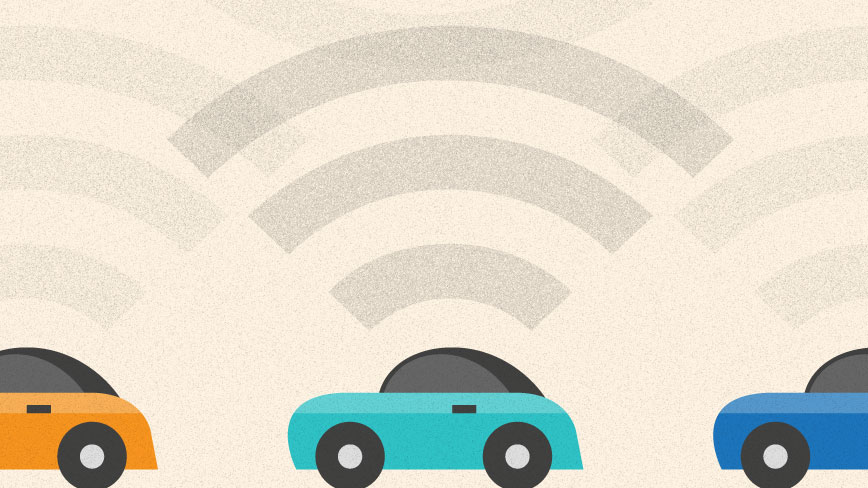Auto manufacturers, media companies and tech players are transforming personalized marketing into in-car marketing opportunities.
How long will it be before vehicles are treated like just another device and with an array of in-vehicle marketing opportunities? Many advertisers are asking this question, along with wondering about successful cross-device attribution. For years, cars have had computers to manage different systems, such as valve timing and braking. These capabilities have expanded to the point where our cars are extensions of the electronics we already own, such as touchscreens having the ability to operate vehicle functions just as a tablet would. Connectivity between devices means that the line between your smartphone and vehicle blurs more by the day.
Soon cars will serve as an advertising and communication medium just like any computer or television can. As a result, marketers can receive more detailed data than ever when mapping consumer behavior profiles and can use this information to effectively market to targeted drivers.
Innovators Pioneered In-Car Marketing
While the first in-vehicle ads were over the radio, this platform lacks the targeting and tracking mechanisms that make modern digital marketing so effective. Digital marketing has only recently found its way into vehicles, and it still needs to find its legs.
Tech-based entertainment companies, such as streaming music services, have bridged the gap between broadcast radio and targeted digital ads. Users of these streaming services can be defined by many qualities, not the least of which is the music they prefer.
Streaming music companies sell targeted ads including in-car ads based on certain user preferences. While music lovers listen to their customized playlist, the streaming companies insert short ads. These ads can be far more effective than broadcast radio ads because of their short span and intermittent placement as well as the personalized nature of the music they interrupt.
The popularity of advertising to drivers in a digital manner is growing, and by the end of this year, digital ad sales are expected to increase by 21% to $72 billion, while broadcast radio revenue is expected to increase by only 2% to $17.7 billion.
Navigation services are also early pioneers in the field of in-car ads. Coupons can be sent out to drivers who are using the navigation system to nearby businesses or the actual destination. Navigation services will eventually lead to autonomous driving, with Nissan gearing up for full-blown autonomous vehicle driving by 2020. Improved integration between autonomous cars and owner devices will allow for targeted, media-rich ads without distracting the driver.
In-Car Marketing’s Future Is Bright
Streaming services, navigation systems and autonomous driving are driving forces behind total connectivity in cars. However, targeting and cross-device attribution still present many hurdles for media companies and brands alike. Additionally, concerns such as safety, security and privacy become more paramount when discussing a car versus a smartphone.
The promise of smart cars offering a home away from home includes the comforts of modern communication and services. In the future, instead of a trip to the grocery store, grocery shopping can mean browsing for coupons and food items while in your car on the way to work and finding groceries delivered to your trunk when you clock out. Now that’s a future we can get behind.

